Septoplasty & Rhinoplasty: What’s the Difference?

When you think of the term “nose surgery,” what comes to mind? Some may immediately think of a traditional rhinoplasty procedure to change the shape and size of the nose. Others may think of a septoplasty, which corrects breathing obstructions in the nose. Still, others may think of some combination of these procedures.
Read on to learn more about the differences between septoplasty and rhinoplasty and which one may be right for you.
What is a Septoplasty?
Septoplasty is a type of nose surgery performed to straighten the septum or the wall that separates the space between the two nostrils. When someone has a crooked or deviated septum, one side of the nose can be blocked, making it difficult to breathe out of both sides of the nose. Deviated septa can be classified by grades of severity from 1 (least severe) to 4 (most severe). Generally, people in grades 3 or 4 can benefit from a septoplasty with or without turbinate reduction to improve breathing.
During a septoplasty procedure, your surgeon will trim, relocate, or replace cartilage and/or bone to straighten the nasal septum. Sometimes, turbinate reduction is also done. The turbinates are small bony structures in the nose. For some, turbinate reduction can further improve airflow and improve breathing. This is all done internally inside the nose, so there will be no visible scarring after surgery.
Patients can generally expect septoplasty recovery to take 3-7 days. Many patients experience improved breathing directly after their procedure, which will only further improve over the next 6-8 weeks.
Overall, it is important to remember that the main goal of septoplasty is not to change the cosmetic appearance of the nose but to improve breathing.
What is the Difference between Septoplasty and Rhinoplasty?
Many people may incorrectly refer to both septoplasty and rhinoplasty as a “nose job.” However, these are two distinct procedures that are meant to address different concerns. As mentioned above, a septoplasty is performed to correct a deviated septum and improve breathing. A rhinoplasty is primarily a cosmetic procedure aimed at altering the size, shape, or proportions of the nose to achieve a more proportionate facial appearance.
There are also differences when it comes to insurance coverage. Septoplasty may be covered by insurance, while rhinoplasty is not, as it is solely a cosmetic procedure.
Combining Septoplasty and Rhinoplasty
In some cases, septoplasty and rhinoplasty can be combined to achieve a septorhinoplasty. This procedure addresses both functional and cosmetic concerns. For individuals who are considering a rhinoplasty and who also have breathing issues, it is generally more beneficial to undergo a septorhinoplasty to address all concerns with one procedure.
Recovery from a septorhinoplasty is usually less than a week. Visible swelling is to be expected, and a splint may be placed on the outside of the nose to protect the realigned bones. Sometimes, internal splints are also placed to further protect the nasal structures. Patients are instructed to avoid contact sports and wearing glasses for 4-6 weeks.
Contact Us Today
Both septoplasty and rhinoplasty offer many benefits for the right candidates. If you are interested in learning if a septoplasty, rhinoplasty, or septorhinoplasty is right for you, please contact AOO | ENT Specialists of the Rockies today. We are proud to serve patients in Lone Tree, Denver, Castle Rock, and beyond.
Nicolette A. Picerno, M.D.
Dr. Nicolette Picerno is double-board-certified with the American Board of Otolaryngology and the American Board of Facial and Reconstructive Surgery. She received her medical degree from Hahnemann University School of Medicine in Philadelphia, PA, and performed her residency at the Medical College of Georgia. She completed a Facial Plastic Surgery Fellowship training in Indianapolis, Indiana. Dr. Picerno is married and has three sons. She enjoys spending time with her family and is an avid tennis player.





